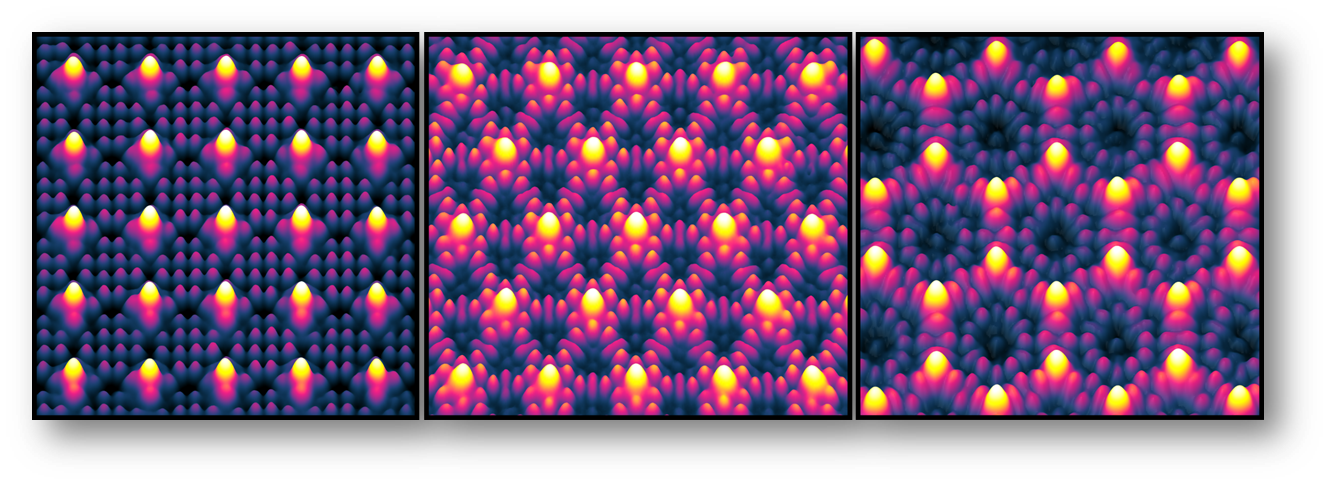Helgi Sigurðsson gives a webinar on 'Programmable networks of exciton-polariton condensates' at 4pm UK time
Dr Helgi Sigurðsson (University of Southampton) gives a webinar titled “Programmable networks of exciton-polariton condensates.”
Chair: Samuli Autti (Lancaster University)
Recent years have seen a surge of advancements in optical manipulation over bosonic light-matter quasiparticles known as exciton-polaritons in semiconductor microcavities. These particles appear under strong-coupling conditions between cavity photons and embedded quantum-well excitons. Characterised by very high interaction strengths, nonlinearities, and picosecond timescales, these coherent light sources provide an exciting testbed to explore room-temperature nonequilibrium Bose-Einstein condensation in the optical regime.
In this talk, I will present results on all-optically engineered macroscopic networks of connected exciton-polariton condensates, which permit studies on fundamental emergent behaviours in complex nonequilibrium dynamical systems while subject to a drive and bosonic final-state stimulation. I will explain how a uniquely polaritonic feature gives rise to so-called “ballistic condensates” which, when spatially coupled, form a bosonic condensed matter analog of time-delay coupled oscillators that are ubiquitous in nature. I will present experimental and theoretical results on large-scale condensate networks displaying aforementioned emergent behaviors, including: spontaneous synchronization with unprecedented long-range spatial and temporal correlations [1,2], strong polarization buildup and control [3], geometric frustration and formation of persistent superfluid currents [4], non-invasive optical control of the network coupling weights [5], and synthesis of artificial lattices with non-Hermitian flatband and topological properties [6,7].

Lastly, I will discuss recent developments on the role of polariton condensate networks as nonlinear information processing elements in the optical computing paradigm. I will address three examples: room-temperature optical logic, analog simulators of spin-glass Hamiltonians, and as neuromorphic computing hardware.
Other authors: J. D. Töpfer, L. Pickup, S. Harrison, T. Cookson, I. Gnusov, S. Baryshev, A. Askitopoulos, S. Alyatkin, and P. G. Lagoudakis
[1] Töpfer et al., Communication Physics 3, 2 (2020).
[2] Töpfer et al., Optica 8, 106 (2021).
[3] Gnusov et al., Physical Review B 102, 125419 (2020).
[4] Cookson et al., Nature Communications 12, 2120 (2021).
[5] Alyatkin et al., Physical Review Letters 124, 207402 (2020).
[6] Pickup et al., Nature Communications 11, 4431 (2020).
[7] Alyatkin et al., Nature Communications 12, 5571 (2021).